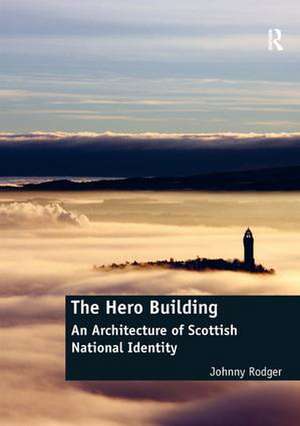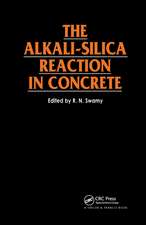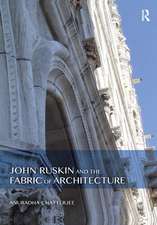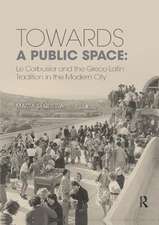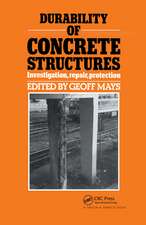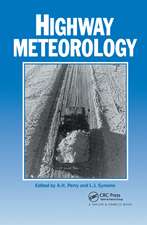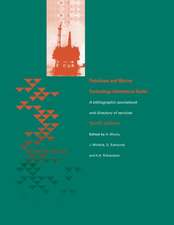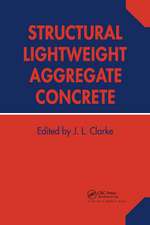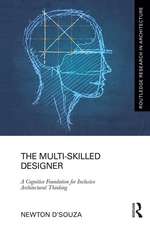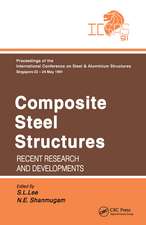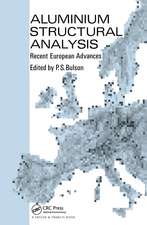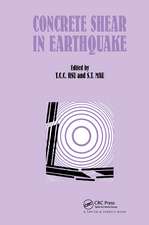The Hero Building: An Architecture of Scottish National Identity
Autor Johnny Rodgeren Limba Engleză Hardback – 28 iun 2015
| Toate formatele și edițiile | Preț | Express |
|---|---|---|
| Paperback (1) | 325.34 lei 6-8 săpt. | |
| Taylor & Francis – 12 oct 2017 | 325.34 lei 6-8 săpt. | |
| Hardback (1) | 774.41 lei 6-8 săpt. | |
| Taylor & Francis – 28 iun 2015 | 774.41 lei 6-8 săpt. |
Preț: 774.41 lei
Preț vechi: 1108.77 lei
-30% Nou
Puncte Express: 1162
Preț estimativ în valută:
148.20€ • 160.92$ • 124.49£
148.20€ • 160.92$ • 124.49£
Carte tipărită la comandă
Livrare economică 22 aprilie-06 mai
Preluare comenzi: 021 569.72.76
Specificații
ISBN-13: 9781472452719
ISBN-10: 1472452712
Pagini: 242
Dimensiuni: 174 x 246 x 20 mm
Greutate: 1.02 kg
Ediția:1
Editura: Taylor & Francis
Colecția Routledge
Locul publicării:Oxford, United Kingdom
ISBN-10: 1472452712
Pagini: 242
Dimensiuni: 174 x 246 x 20 mm
Greutate: 1.02 kg
Ediția:1
Editura: Taylor & Francis
Colecția Routledge
Locul publicării:Oxford, United Kingdom
Notă biografică
Johnny Rodger is Professor of Urban Literature at the Glasgow School of Art. His published work includes fiction such as The Auricle (1995) and Redundant (1998) and critical volumes like Contemporary Glasgow (Rutland Press, 1999), Gillespie Kidd & Coia 1956-87 (RIAS, 2007), Tartan Pimps: Gordon Brown, Margaret Thatcher and the New Scotland (2010), and The Red Cockatoo: James Kelman and the Art of Commitment (2011).
Cuprins
Introduction; Chapter 1 The Hero Building; Chapter 2 Prototype; Chapter 3 Romantic Poet – Enlightenment Poet; Chapter 4 The Athens of the North/Valhalla of the West; Chapter 5 Wizard of the North; Chapter 6 Baronial Revival and the National Wallace Monument; Chapter 7 National Poet – Poet of Humanity; Chapter 8 Aberration, Autism and Vanity; Chapter 9 The Fallen; Chapter 10 A Postmodern Proof; Chapter 11 Afterlife;
Recenzii
‘This thought-provoking study will be invaluable for those looking to understand the idea of monumentality, both within and beyond a Scottish context, and will invite further examinations of the relationship between commemoration, identity and the urban’
Dr. Kristen Carter McKee, University of Edinburgh, UK.
‘This is a pioneering study, replete with new thinking and fizzing with provocation.’
Ray McKenzie, The Architects’ Journal, UK.
’A contribution not only to architectural history but also to describing the deeper aesthetic self-conception of nationality in nineteenth and early twentieth-century Scotland. The layers of civic, historic and literary consciousness essayed in this book make it a bold new landmark in the explanation of Scotland's monumentality.’ Gerard Carruthers, University of Glasgow, UK
'The last major structure to feature in Rodger’s excellent and original survey is Robert Lorimer’s Scottish National War Memorial (opened in 1927) at Edinburgh Castle, the scale and design of which evoked protracted opposition at the time, including from the Cockburn Association. As The Hero Building relates, negotiation included the advice that ‘Any building on Edinburgh Castle should not be in a definite style either Gothic or Classic but that it should be rugged, rigorous, and depending for its effect not on fine details, but on mass light and shade’. Not bad for advice proffered early in the design stage!'- Dennis Rodwell, architect-planner, consultant in cultural heritage and sustainable urban development, Journal of the Institute of Historic Building Conservation
Dr. Kristen Carter McKee, University of Edinburgh, UK.
‘This is a pioneering study, replete with new thinking and fizzing with provocation.’
Ray McKenzie, The Architects’ Journal, UK.
’A contribution not only to architectural history but also to describing the deeper aesthetic self-conception of nationality in nineteenth and early twentieth-century Scotland. The layers of civic, historic and literary consciousness essayed in this book make it a bold new landmark in the explanation of Scotland's monumentality.’ Gerard Carruthers, University of Glasgow, UK
'The last major structure to feature in Rodger’s excellent and original survey is Robert Lorimer’s Scottish National War Memorial (opened in 1927) at Edinburgh Castle, the scale and design of which evoked protracted opposition at the time, including from the Cockburn Association. As The Hero Building relates, negotiation included the advice that ‘Any building on Edinburgh Castle should not be in a definite style either Gothic or Classic but that it should be rugged, rigorous, and depending for its effect not on fine details, but on mass light and shade’. Not bad for advice proffered early in the design stage!'- Dennis Rodwell, architect-planner, consultant in cultural heritage and sustainable urban development, Journal of the Institute of Historic Building Conservation
Descriere
This book examines architectural culture by studying a prominent selection of buildings, such as the Burns monuments in Alloway, Edinburgh and Kilmarnock.
